A ruptured PVC pipe can result in water leaks or a faulty sink. A leak could occur if a PVC fitting is not properly installed onto the joining pipe. If you're searching for the best way to connect your misaligned PVC pipes, here's how according to plumbing experts.
There are a number of ways to align a misaligned PVC. A reliable method would be by bending which involves heating. You can also make use of cement or threaded pipe to reconnect the misaligned pipes.
Pipes are important for proper drainage in a home. Hang on and continue reading as we would talk more about the various ways to repair a disjointed pipe.
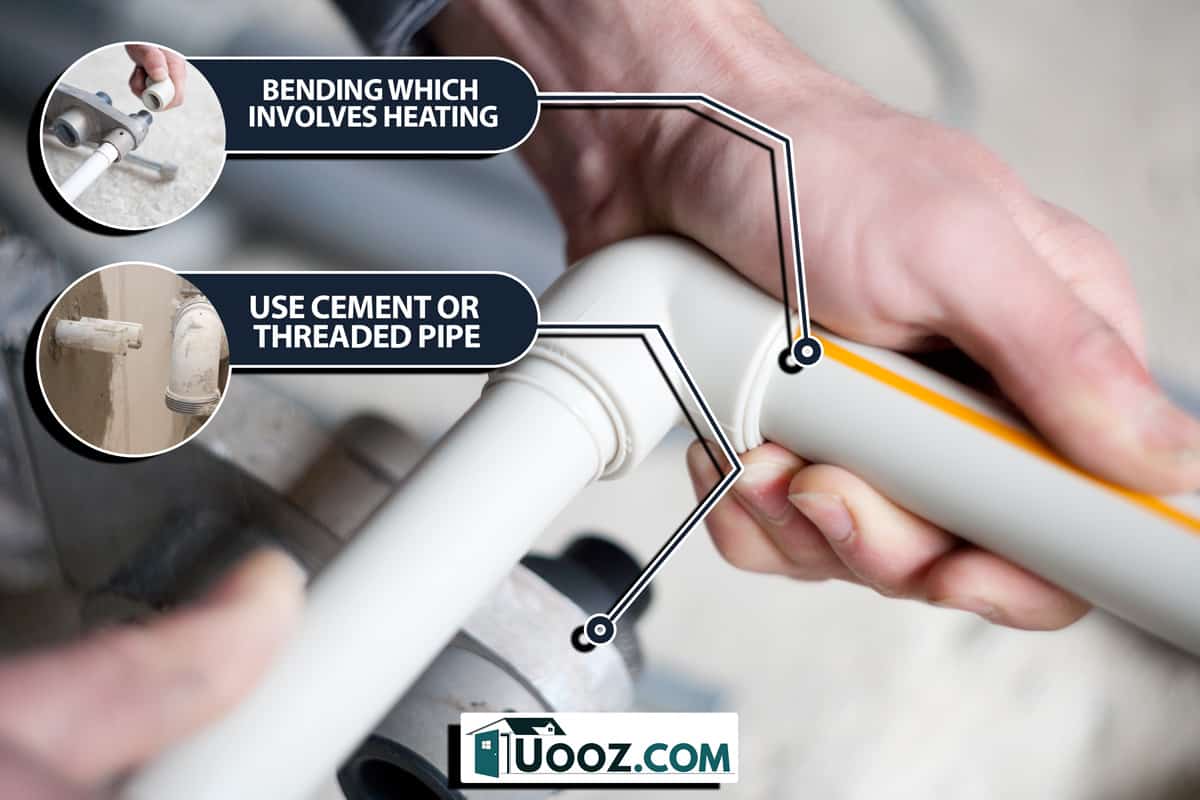
PVC Pipes [Uses and Description]
PVC is a widely used type of plastic. It has been used for decades in different types of constructions worldwide. PVC pipes are strong and elastic and are not affected by rust or corrosion.
They are available in a variety of sizes and fittings. PVC is a versatile material with numerous applications, including window frames, drain pipes, and water service pipes.
They can also be used for medical equipment, blood retention bags, and packaging. PVC is also commonly used in constructing pipes and irrigation channels.
Their lightweight and strength make them effective materials for use in a variety of areas. Plus they are recyclable and cheap to obtain. Water can flow easily through them because of less friction unlike when using metal or concrete materials.
How Do You Connect a Misaligned PVC Pipe?
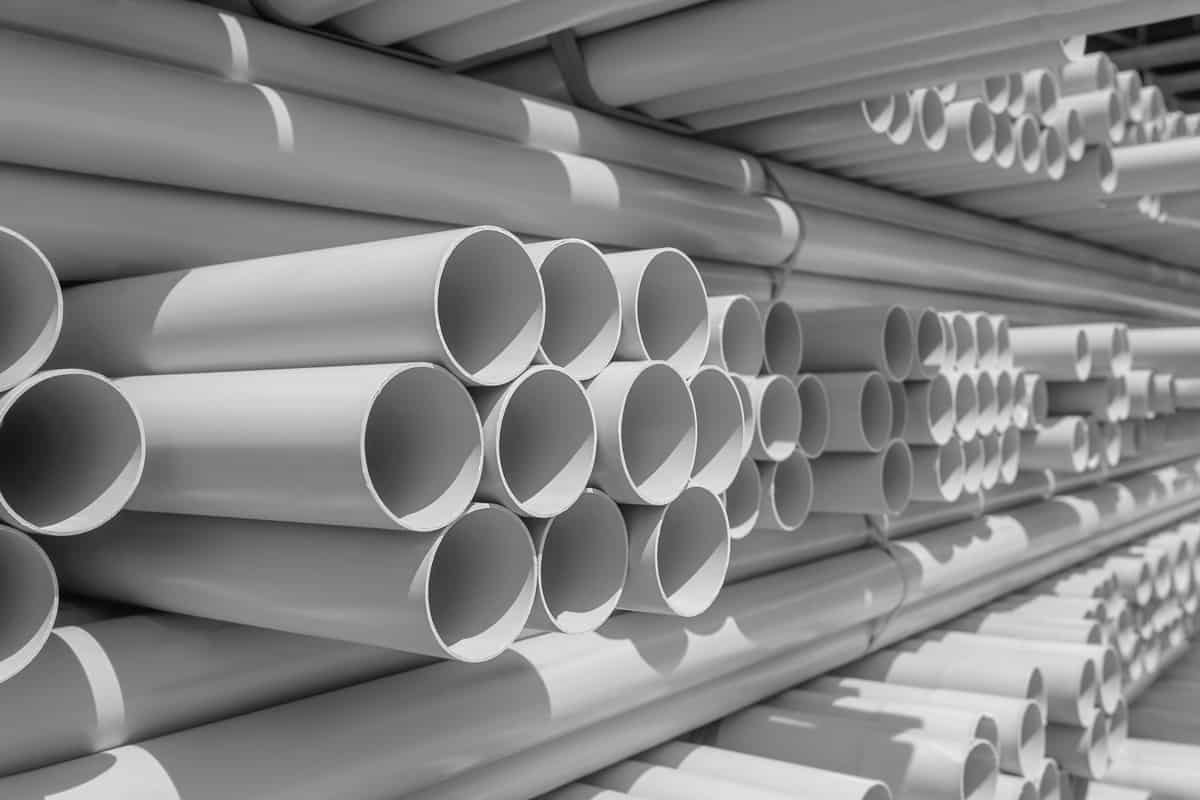
Having a misaligned PVC pipe can cause disruptions in drainage in your home, and several other complications could result from this, so it is important to get this fixed. One of the ways you could try is to bend the pipes.
Firstly, you will need:
- a heat gun,
- a slip compression coupling,
- some extra PVC pipe,
- a slip connector,
- plumbers tape,
- primer,
- PVC glue,
- and some cutters.
Here are some steps to follow:
Step 1
Start by applying heat to the pipe, all the way through to the location you want to bend. This is will soften and ensure an easy bend. It is important you do this in a well-ventilated area because the fumes from PVC pipes are bad for your health.
Step 2
Once heated, slightly bend to the desired angle, using the heat gun, apply heat solely on the position of the angle.
Step 3
Allow cooling. Do the same to the next piece depending on how many pipes you want to align. Once it's good and warm, gently bend it to the desired angle again.
How Do You Connect PVC Pipe Angles?
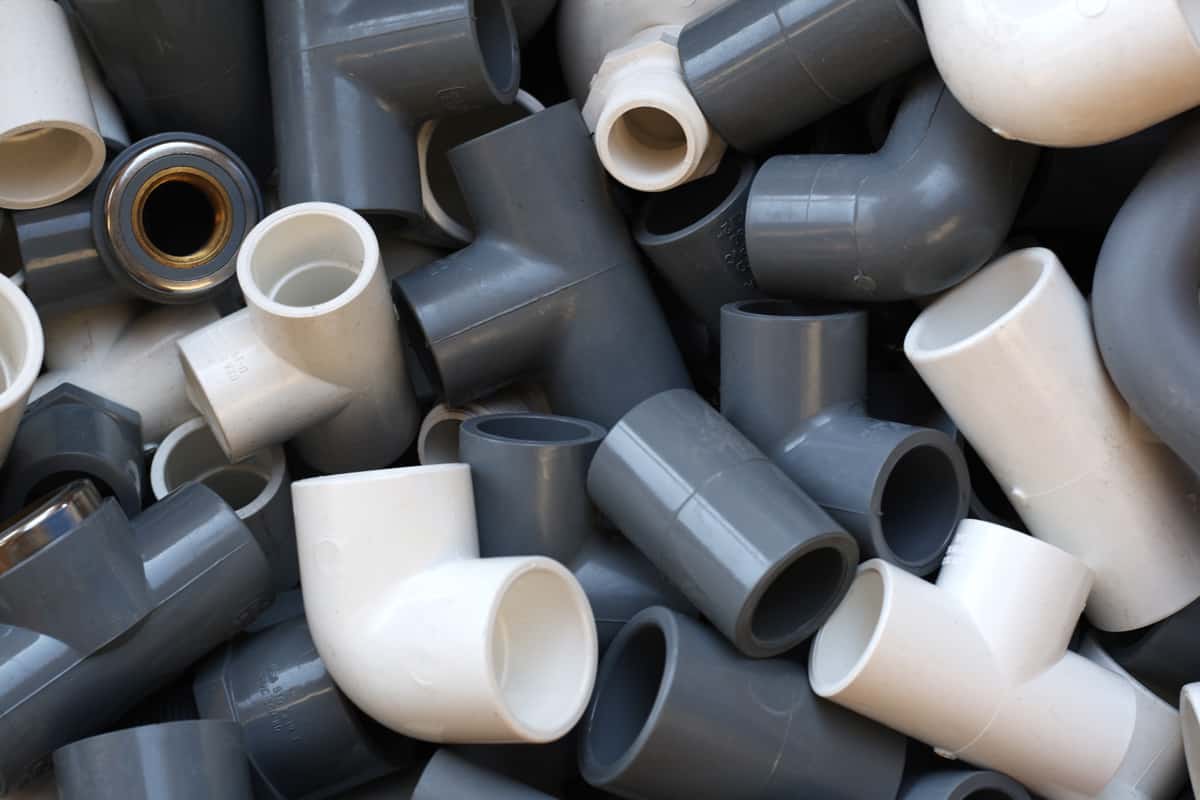
PVC pipe and fittings will fit together tightly without the use of adhesives. They will, however, not be watertight. If you intend to have fluids pass through your pipe, you must ensure that there are no leaks.
There are several ways to accomplish this, and the method you select will be determined by what you are connecting. PVC pipe does not typically have threaded ends. This is just one of the many reasons why most PVC fittings have slip ends.
The term "slip" in PVC does not refer to the connection being slippery, but rather to the fitting sliding right over the pipe. When inserting the pipe into a slip fitting, the connection may appear tight, but it must be sealed in order to transport any liquid media.
How Do You Connect PVC to Tight Spaces?
Here are a number of steps to follow to connect PVC in a tight space
Step 1: Make Use of the Proper Cement
To join two pieces of PVC pipe, use solvent cement. It is simple to apply and dries quickly, making it ideal for joining multiple pieces in small spaces. On CPVC pipe joints, solvent cement creates a waterproof seal.
Check out the Oatey solvent cement on Amazon.
Solvent cement works by combining plastics and making the surfaces smother so the materials can bond better. Unlike gluing which can lead to solidification, molecules are traded and the plastics are joined with their primary materials.
Step 2: Use Threaded Pipe or Couplings
When more space between joints is required, a threaded pipe could be used as an alternative. A threaded pipe can be used to connect PVC pieces, but it is less smooth.
Couplings are another option for adhering PVC pipes in tight spaces because they have a space between the two joints.
Step 3: Clean the Joints Before Putting Them Together
Before applying the solvent cement, clean the joint with sandpaper or steel wool. Before applying the glue, use a neat cloth and rubbing alcohol to remove any dirt or grease from your PVC pieces.
Step 4: Use Clamps to Connect Pipes
When two joints need to be held together tightly, use clamps. Threaded pipe or couplings work best for this because they have less overlap area than regular fittings for joining PVC pipes.
Step 5: Dry Fit Joints
This would mean trying to put everything together without glue first, to see if changes have to be made and where.
Step 6: Use the Proper Glue
To join all PVC pipe joints, use PVC cement, which is scientifically formulated to function with this material. Depending on the project's needs, different types of solvents can be used. If you have the option, you could use hot glue or even epoxy.
Step 7: Remember Clamps and Threaded Pipe/Couplings
When gluing two pieces together, remember to use clamps to keep them tightly together while drying. Threaded pipes or couplings are other options because they have a gap between their joint areas, giving you more room to move around before completely gluing it down.
Step 8: Do Not Use PVC Primer
Because the solvent in the cement and glue dries quickly when exposed to air, it is best not to try to join two pieces of PVC together with PVC primer.
How Do You Join Two Pipes Together?
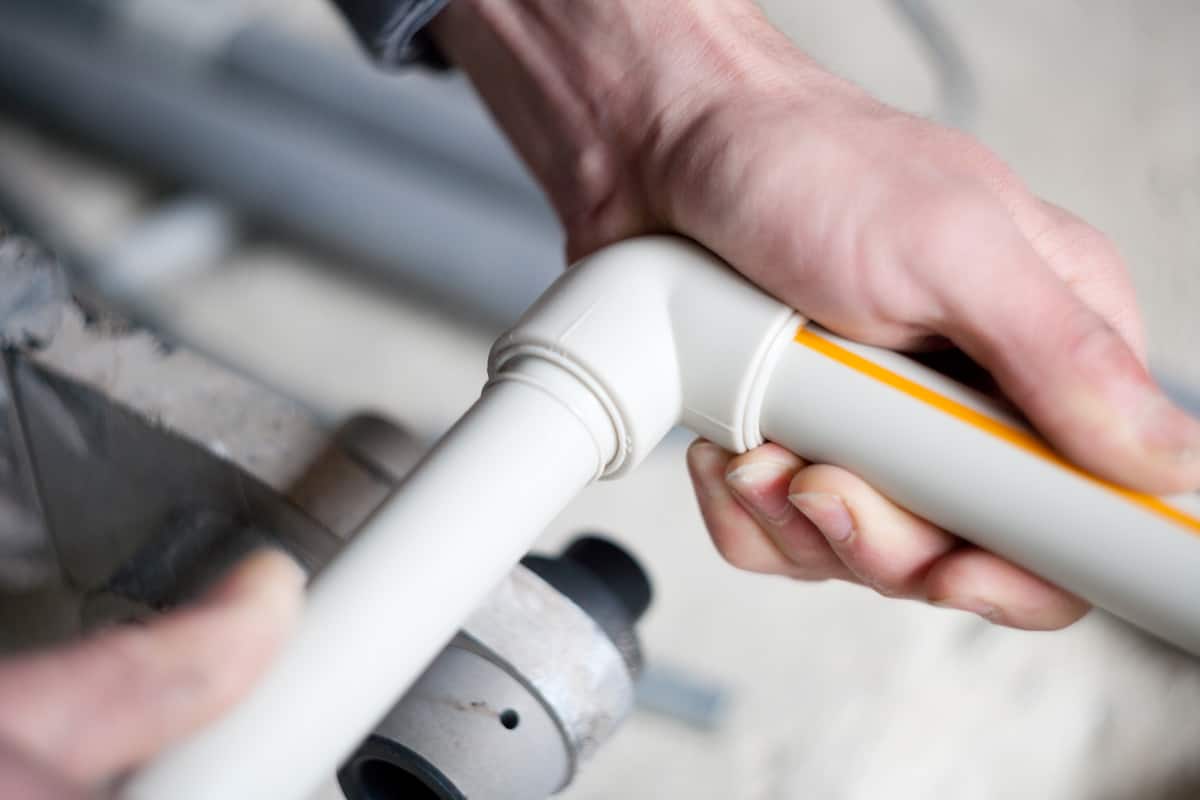
A union is a pipe fitting that is used to join two ends of a pipe. A union is made up of three parts: a nut joined with two ends. Examples of joining techniques are PEX, quick-connect, and solder.
What is a PVC Pipe Extender?
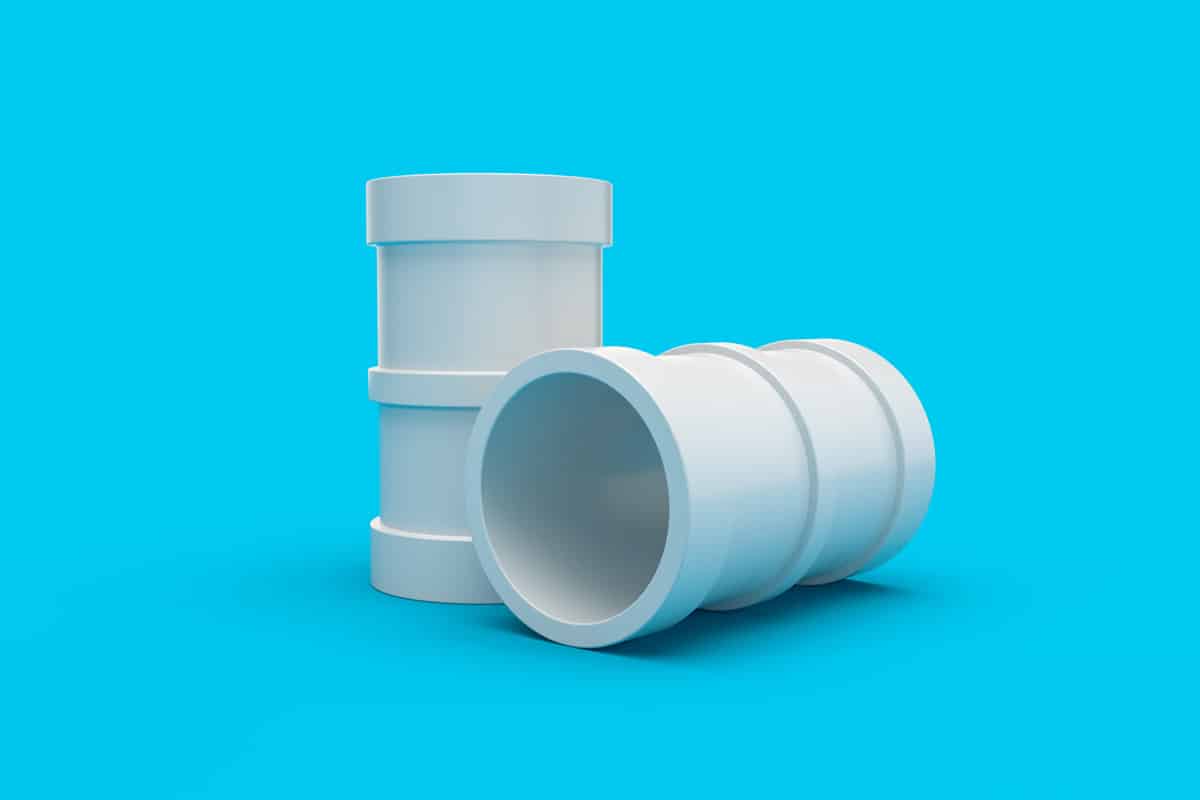
PVC pipe extenders are typically used in repair situations where an extra length of pipe is required to connect to a fitting, valve, or other components. Pipe extenders function by aligning inside PVC pipe on one side and a standard socket fitting on the other.
They have two ends: one that fits inside the pipe and one that matches the outer diameter (OD) of the pipe to which it is connected. This means that the pipe's surface will be the same size all the way down.
PVC pipe extenders are commonly used in repair situations where an extra length of pipe is required to connect a fitting, valve, or other pieces of hardware.
What is a PVC Union?
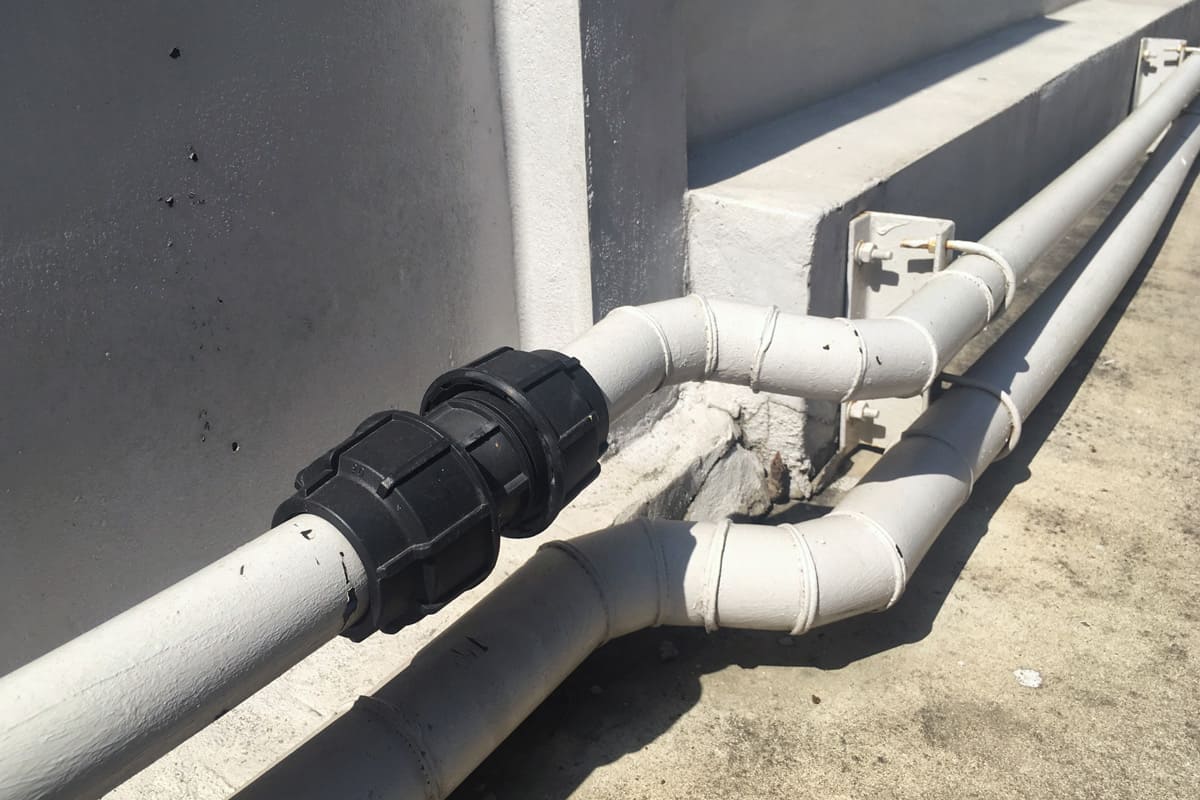
A pipe union is a fitting that connects two pipes while also providing an easy way to disconnect the pipes if mandatory. The union will form a seal between two pipes, eliminating the need for the traditional glued coupling method of connecting two pipe lengths together with a PVC fitting and glue.
In most cases, the union would replace the use of a PVC coupling when connecting pipes. Also, there are several types of unions, including specialized unions that deter corrosion, acid transfer, and electric currents from going through the liquid in pipelines.
How Do You Fix a Leaking Pipe Without Cutting?
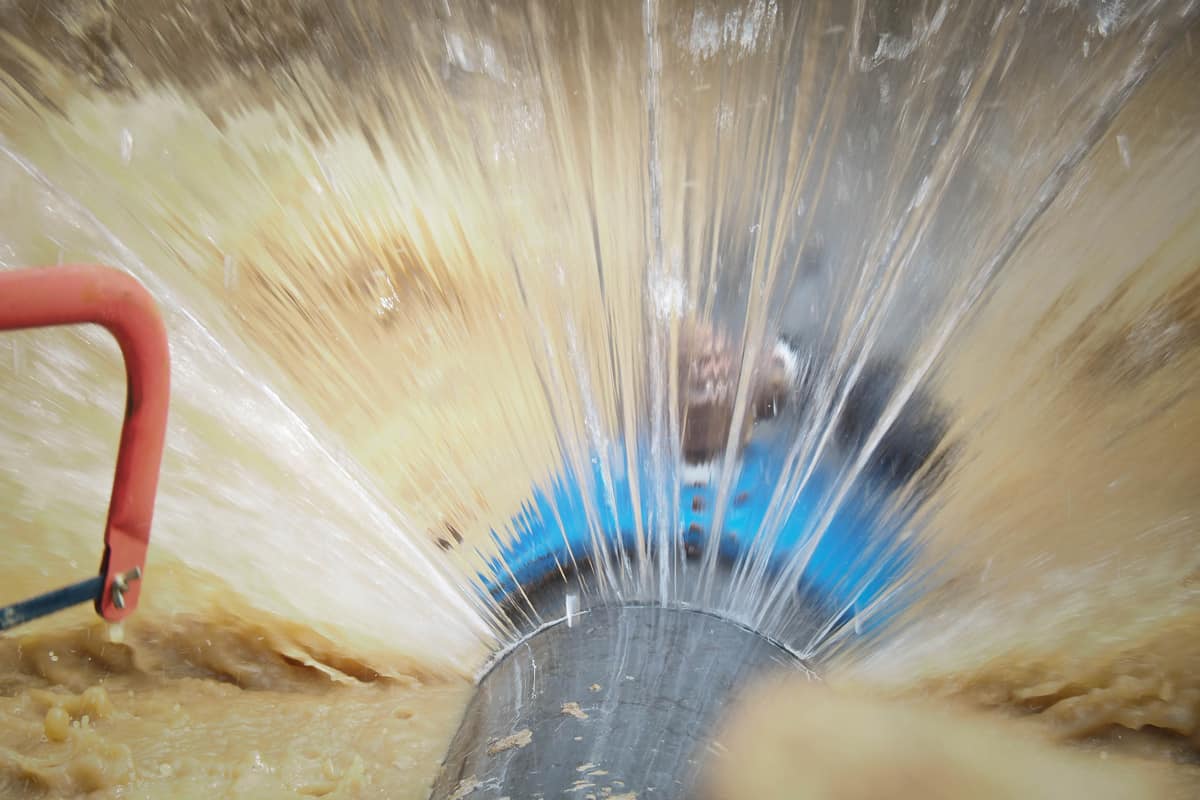
There are some temporary fixes for drain pipes that can stop a leak until you can troubleshoot the problem. It is important to note that these repairs are not intended for pressurized pipes and should only be used as a temporary fix for drain pipes. They will still require a long-term solution.
Immediately you notice a leak in a PVC pipe, turn off the water supply at the source at once to prevent further leaking. The water main valve is typically located in the basement, usually along the front foundation wall closest to the water meter.
Tie a rag around the leak to soak up the water and reduce the amount that will drain onto your floor. Placing a bucket beneath may also be beneficial.
Conclusion
When connecting misaligned PVC pipes, ensure the area you want to work on is clean and free of debris or dust, this will help the adhesive to stick on better. If the leak is small, you could use silicone repair tape, this is a heavy-duty tape that stretches and adheres to itself, allowing it to be used in a variety of applications. If the space is too tight, you could also try PVC repair epoxy.
If you would like to learn more about PVC pipes, we recommend these similar articles:

